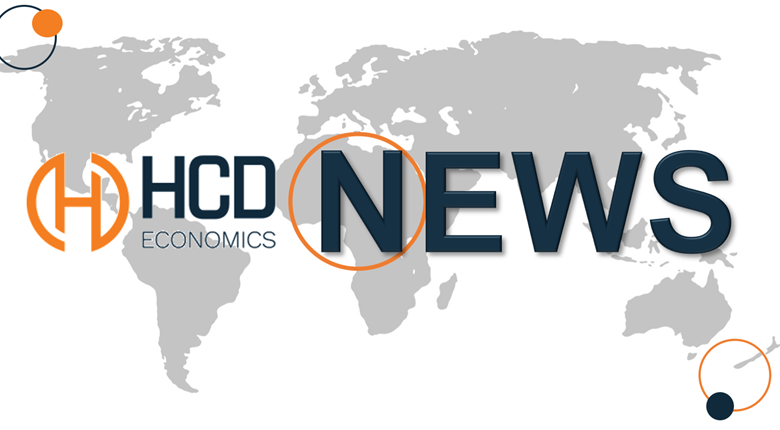
- These conditions, with a prevalence threshold of around 40-50 cases per 100,000 people, affect 5% of the global population. That's 30 million in the EU and 25 million in the US alone.
- Many rare diseases are caused by genetic mutations, hence a disproportionate number of patients are children suffering from hereditary diseases. However, certain infections and cancers can also be considered rare. There can be large geographic differences also.
Managing rare diseases comes with its own set of hurdles:
- Limited expertise among physicians leads to prolonged diagnostic pathways. Though in some cases, an increase in genetic testing and genome sequencing has sped-up diagnosis.
- As total patient populations remain small, organising appropriate care is still difficult even when the underlying cause is found.
- Hospitals face reimbursement challenges, as routine procedures dominate funding, often leaving specialty care units underfunded.
- The shift towards remote healthcare is helping, but treating rare diseases remains costly, partly due to the limited patient pool for reimbursement.
A 2018 ISPOR Special Task Force Report identified novel elements of value, that have been under-examined within value assessment frameworks. Most of the components identified were relevant under a broader societal, rather than narrower health care perspective of valuation. These included the value of hope, which considers the impact of individual risk preferences on decision making. As well as scientific spillover, where new technology can help lead to more general innovation.
Such perspectives can be explored in more depth in relation to specific rare diseases through Discrete Choice Experiments (DCEs):-
- DCEs ask respondents to make a choice from two or more alternatives where at least one attribute is systematically varied and a series of choice tasks can elicit preferences.
- This method can be used to understand patient preferences across varying attributes and levels which are related to different treatment options.
- Quantifying this information is useful in helping support patient voice on emerging treatments.
Time Trade Off studies, (TTOs) also allows valuation of developed health states from the perspective of society as a whole, devoid of any bias that might derive from either having or providing care to person with a rare disease. Vignettes are used to paint a picture of what it would be like to live with a rare disease, before asking respondents to make trade off the time they would forgo living if it allowed them to live an improved state.
Ultimately these methods allow researchers to generate societal preferences to support health care decision-making and generate additional QALY gains which would be associated with different outcome levels. Enhancing cost effectiveness arguments
For an insightful discussion on how preference research can elevate your strategy in rare diseases, reach out to Alison Rose at alison.rose@primeglobalpeople.com